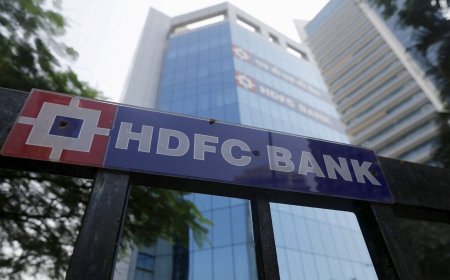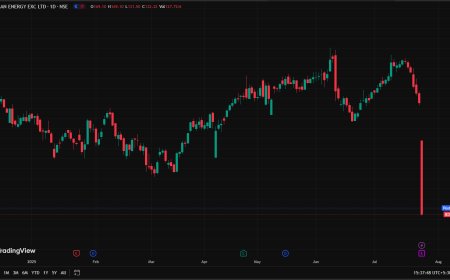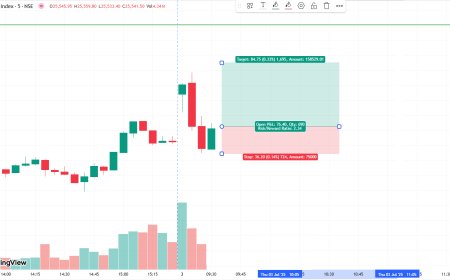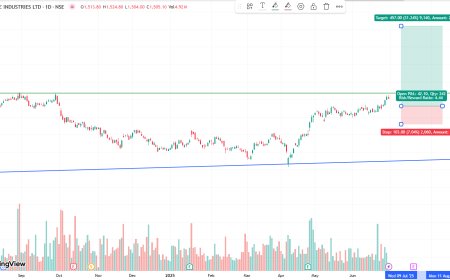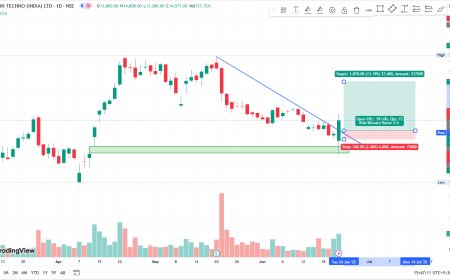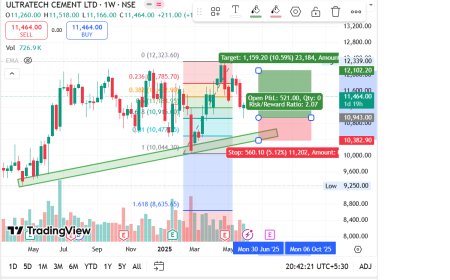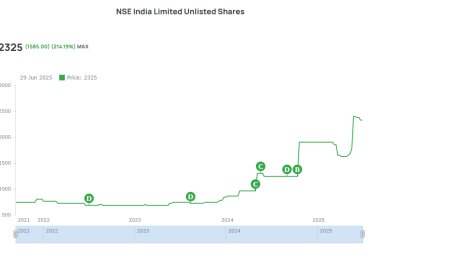Startup Funding Drops to $745 Million in April 2025 as Investors Shift Toward Public Markets
Startup funding in India declined sharply to $745 million in April 2025, compared to $1.76 billion in January, highlighting a shift in investor preference toward public market opportunities amid global economic adjustments.
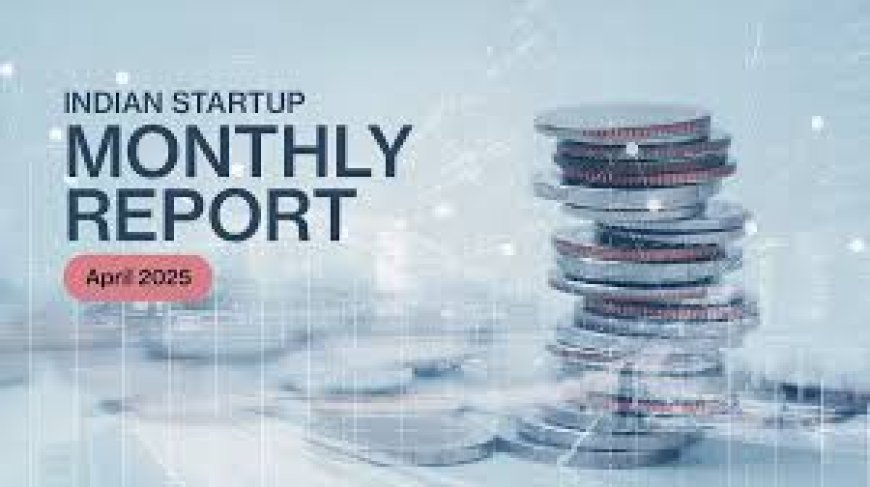
Funding Decline: Indian Startups Raised $745 Million in April 2025, Marking a Major Drop Amid Investor Shift to Public Markets
By ASJ News | Published: May 2, 2025
India's vibrant startup ecosystem hit a bump in April 2025, as total funding nosedived to $745 million, down sharply from $1.76 billion in January 2025, signaling a cautious pivot by investors toward more stable public market opportunities. The decline is being interpreted by analysts as a strategic recalibration in investment portfolios, where high-growth, high-risk startup bets are taking a temporary back seat to publicly listed equities.
While a funding slowdown is not new to Indian startups, what makes this particular drop noteworthy is its timing and scale. Coming off a relatively strong Q1 and a healthy pipeline of early-stage deals, the April figures act as a wake-up call for founders and a marker of shifting capital strategies in the current economic environment.
A Stark Contrast: January vs April
The year began with considerable enthusiasm. In January 2025, Indian startups collectively raised $1.76 billion, spread across 145 deals, signaling a resurgence after a cautious 2024. Fast forward to April, and the landscape has dramatically altered:
| Month | Total Funding | Number of Deals |
|---|---|---|
| January 2025 | $1.76 billion | 145 |
| February 2025 | $1.32 billion | 130 |
| March 2025 | $985 million | 112 |
| April 2025 | $745 million | 98 |
(Source: Angel One Monthly Startup Funding Report)
What’s Driving the Decline?
Investor Shift Toward Public Markets
The Indian equity markets have been delivering strong double-digit returns, supported by foreign institutional inflows and improved macroeconomic indicators. This has encouraged angel investors and VC funds to rebalance their portfolios and capitalize on public equities.
“The IPO pipeline looks healthy, and with reduced market volatility, public investments are seeing a better risk-adjusted return profile,” said an Angel One strategist.
Unicorns Going Quiet
India saw very few big-ticket funding rounds in April. None of the decacorns or late-stage unicorns raised capital this month, in stark contrast to early 2023 and 2024 when these companies accounted for bulk investments.
Conservative Term Sheets
VCs are now demanding more equity for less capital, often tightening clauses related to performance metrics. Founders are delaying their fundraising rounds, waiting for more favorable market conditions, further slowing down deal flow.
Macro Uncertainty and US Fed Impact
With the US Federal Reserve keeping interest rates elevated and geopolitical tensions simmering in Asia and Europe, global risk appetite remains subdued. This affects offshore capital flowing into Indian startup funds, particularly at the Series B and above stages.
Where the Money Went: Key Sectors in April 2025
Despite the broader pullback, some sectors still managed to attract notable funding:
| Sector | Funding Raised (April) |
|---|---|
| Fintech | $210 million |
| SaaS & Enterprise Tech | $140 million |
| EV & Clean Energy | $110 million |
| HealthTech | $95 million |
| Consumer Tech | $85 million |
| Agritech & Food | $60 million |
Interestingly, Fintech continues to dominate, buoyed by digital lending, UPI-based innovations, and insurance tech. Startups focusing on compliance and fraud detection gained traction, especially post the RBI’s tightened scrutiny on digital lenders.
Stage-Wise Breakdown
| Stage | Share of April Funding |
|---|---|
| Seed | 8% |
| Pre-Series A | 12% |
| Series A | 22% |
| Series B+ | 32% |
| Growth/Late Stage | 26% |
Late-stage and growth rounds made up more than half of the total capital, although the number of deals was limited. Seed funding, on the other hand, remains the most active stage by volume, even if the cheque sizes have shrunk.
Founders React: "Focus Has Shifted to Profitability"
Gone are the days of burning cash to chase users. In April, several founders spoke out about how investor conversations have shifted toward EBITDA margins, burn rates, and clear paths to profitability.
“Even early-stage VCs are asking for unit economics upfront. The funding party is over, but that’s not necessarily bad—it’s a much-needed reset,” says a fintech startup founder based in Bengaluru.
Notable Trends Emerging in April
1. M&A Activity is Heating Up
With fewer rounds closing, cash-rich startups are acquiring smaller players at discounted valuations. April saw at least 7 acquisitions, mostly in the SaaS and consumer tech space.
2. Bridge Rounds Gaining Momentum
Many startups are opting for interim bridge rounds or convertible notes to weather the dry spell and extend runway by 6–9 months.
3. Corporate VCs Stepping In
As traditional VCs tread cautiously, corporate venture arms of conglomerates like Reliance, Mahindra, and Tata are doubling down on strategic bets—especially in EV, AgriTech, and ClimateTech.
Expert Voices: What’s Next?
“We believe funding will remain tepid in Q2 but expect a slight rebound by Q3 as IPOs inject fresh optimism into the system,” — Angel One Equity Research
“Investors are being selective. Valuations are compressing, but the capital is still available for high-quality, revenue-positive startups,” — Rajan Anandan, Peak XV Partners
What Startups Should Do Now
Here’s how startups can navigate the funding slowdown:
-
Conserve cash: Extend runway to at least 18 months.
-
Re-evaluate growth targets: Set realistic KPIs.
-
Diversify revenue: Focus on monetization experiments.
-
Be fundraising-ready: Maintain updated pitch decks, clean cap tables, and audit-ready financials.
-
Look for strategic partners: Beyond VCs, explore corporate alliances.
Global Context: It’s Not Just India
Globally, startup funding has shrunk significantly. According to Crunchbase, global venture funding fell 32% YoY in April 2025, showing that India’s numbers are part of a larger global phenomenon tied to rising interest rates and risk-off investor behavior.
However, India continues to fare better than most emerging markets, thanks to its strong consumption base, digital economy, and proactive regulatory environment.
A Wake-Up Call, Not a Crisis
The $745 million funding number for April may look like a red flag, but it’s more a signal of evolution than erosion. Investors are not turning away from startups—they're simply becoming more disciplined, more focused, and more data-driven.
For entrepreneurs, this could be the best time to build responsibly, scale sustainably, and prepare strategically. The capital may be tighter, but the opportunity is bigger than ever—for those who are ready.
India’s startup story is far from over. In fact, it’s just entering its next chapter.
What's Your Reaction?
 Like
0
Like
0
 Dislike
0
Dislike
0
 Love
0
Love
0
 Funny
0
Funny
0
 Angry
0
Angry
0
 Sad
0
Sad
0
 Wow
0
Wow
0



























